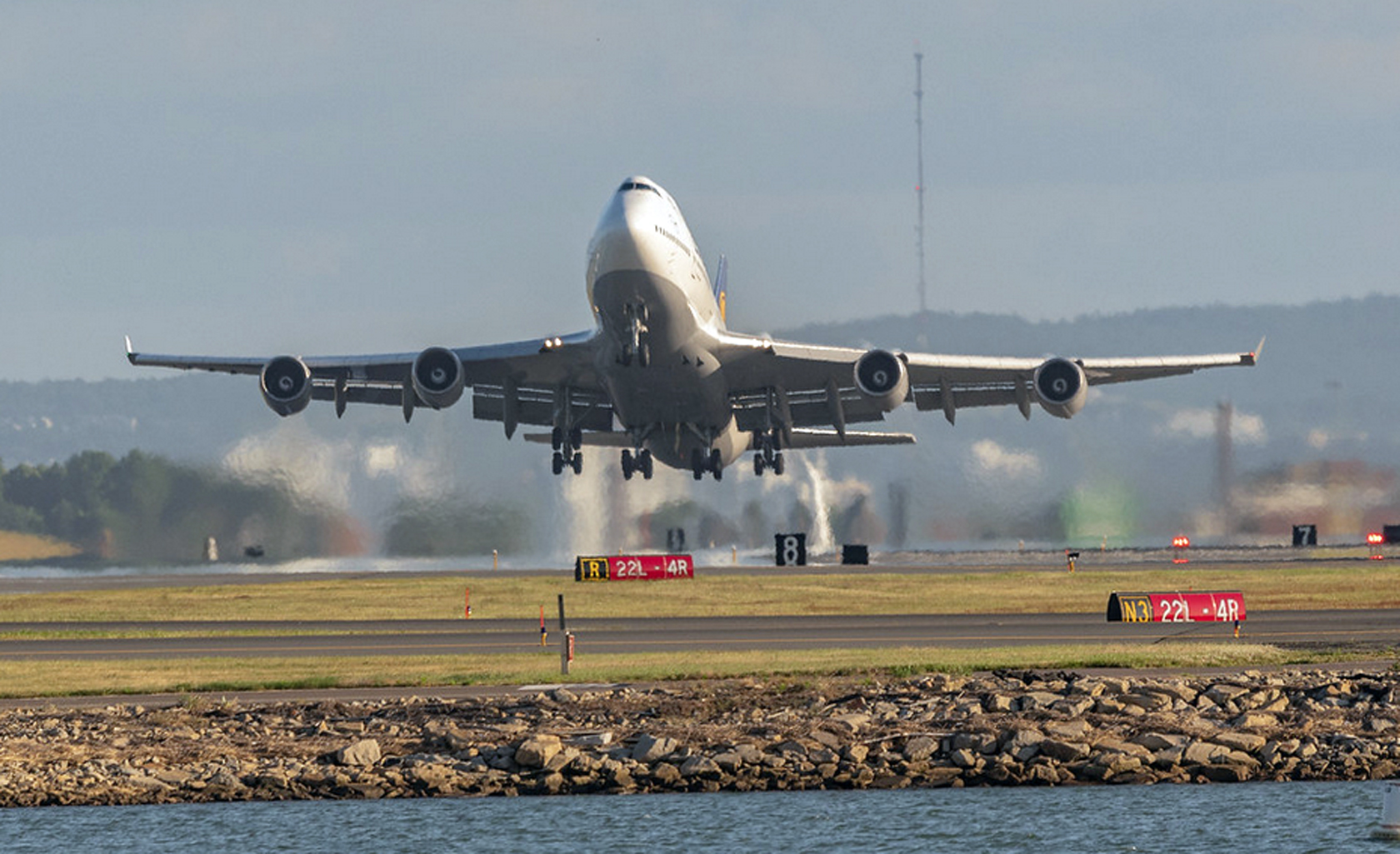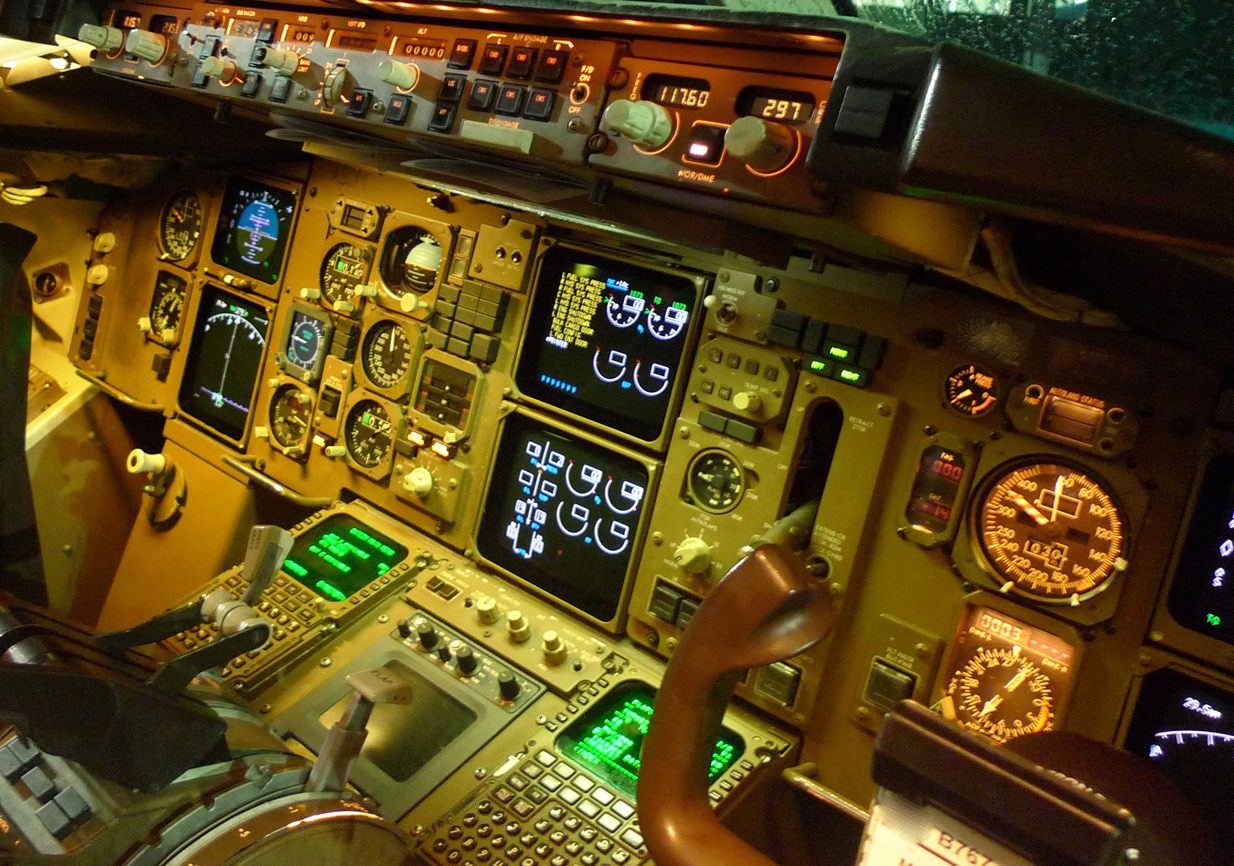Future Tense

March 4, 2024
HERE’S THE perfect segue from last week’s post. If you missed it, we were talking about the hype and hyperbole that seem to follow every minor incident these days, a phenomenon that I blame, in part, on the dearth of legitimately serious accidents. It often feels as if flying is getting more dangerous, when statistically we’re safer than ever.
To wit, according to the annual report just released by the International Air Transport Association (IATA) 2023 goes down as one of the safest years in commercial aviation history. Not a single fatal accident was recorded involving a commercial jet. Not one.
Combining jet and turboprop operations, IATA says there were 37 million commercial flights last year. Among those, the only deadly crash was that of an ATR turboprop in Nepal last January. If I’m counting right, this puts last year as the second-safest on record, bested only by 2017.
This is nothing if not astonishing. And to glean a sense of how astonishing, you need to flip through the history books. You need to look at the accident archives of the 1960s, the 1970s, the 1980s and 1990s, when multiple disasters were the norm, year after year after year.

For example, in 1985, twenty-seven major accidents killed almost 2,500 people. That included the JAL crash outside Tokyo with 520 fatalities; the Arrow Air disaster in Newfoundland that killed 240 American servicemen, and the Air-India bombing over the North Atlantic with 329 dead.
In 1974 there were ten disasters, including the Turkish Airlines catastrophe outside Paris that killed 346 people. Among the other nine were two Pan Am 707s, two TWA jets (one of which was bombed), and an Eastern DC-9. That’s five U.S. legacy crashes in the same year. Eastern and TWA had crashes within three days of each other.
And so on. Those were particularly bad years, but you get the picture.
I’ve mentioned all of this before. Apologies to those who are sick of me talking about it. But it always bears repeating, because so few people really understand how safe flying has become.

How we got here is also something I’ve discussed in the past. It’s been a combination of things: better technologies, better training, and, believe it or not, better regulation and oversight. For more, see the links below.
And yes, luck has played a role as well. We closed out 2023 with a near-perfect record, but not without a few close calls. Which is what makes posts like this so frustrating. Because sooner or later our luck will run out; there will be another major crash, right here on U.S. soil. As good as we are, we’ll never be perfect. And when it happens, nobody is going to care how long it’s been since the last one. History won’t matter, perspective won’t matter, stats won’t matter. The result will be hysteria and a media firestorm like no other.
It’s precisely because of how rare crashes have become that we’re guaranteed to overreact to the next one. Which is both fair and unfair, I suppose.
Related Stories:
LUCKY AND GOOD
TWENTY YEARS AND COUNTING
Upper photo by Pedro Pinheiro
Center photo by Michael Saporito
Lower photo by the author





Leave a Comment
Maximum 1500 characters. Watch your spelling and grammar. Poorly written posts will be deleted!
19 Responses to “Future Tense”
You are viewing newest comments first. Click to reverse order
Yesterday I was sitting in Seat A staring at the engine.
I was in the U.S. Air force years ago. Flew often on 141s and C-5s.
All with 4 engines. Then I was thinking of how in the world have engines
come so far in power.
Today most passenger planes have but two. Meaning, how incredible that
one of todays engines can keep a massive plane in the air!!
Pat, you are so enjoyable to read. Thank you from Solvang Ca.
Thank you for years of entertainment and education.
From 1961 through 1965, UA crashed five times. Twice within three months in 1965. If US airlines crashed at the same rate per flights today as they did in the 1960s, there would be at least 15-20 major crashes a year.
Mitch:
It very much was greed. The choice to spend 10s of billions of dollars on stock buybacks, instead of one 10 billion dollars on developing a successor to the 50 year old 737 airframe, was greed. Greed, greed, greed. Greed straight into the pockets of stockholding and stock option holding Boeing management.
The design failures such as inherent in MCAS, and the coverup of those failures during certification, were entirely predictabe. You squeeze the process too hard, you go to the well one too many times with an ancient design that couldn’t get certification today if presented as new, you get bad outcomes. Monday morning quarterbacking on specific failures is bullshit–they fired or drove off most of their engineering talent that could have said “waitaminnit…”, and built a culture of punishing those remaining who did speak up. Combine that with their regulatory capture of the FAA (they were literally paying the FAA employees and doing FAA employee evaluations and assignments), and this wasn’t a holes in the swiss cheese lining up, it was taking a chainsaw to the cheeseblock.
Re the 737MAX ACIDENTS
Allegations of greed make no sense.
Examples of what was at stake with the 737MAX program:
– Ethiopian haD been all-Boeing since 1962.
– Lionair haD bought more than 100 737s since their 1999 startup.
Domestically
– American has flown every Boeing model since their first 707-123 in 1958.
– Also United/Continental since 1960.
– Southwest is all 737’s; they have flown all four generations since their 737-200 startup.
That’s BILLIONS of $$$ worth of Boeing airplanes plus contracts for long-term multi-airplane 737MAX delivery streams.
Boeing’s management has many shortcomings. But, deliberately wrecking decades-long customer relationships all for a bit of short-term profit at a cost of billions of $$$ in future business is not one of them.
The accidents resulted from something worse than greed: a lethal combination of negligence by Boeing management and FAA certification plus Boeing engineering’s stupid design errors.
The fundamental error was Boeing’s: they designed, tested, certified and delivered an airplane with an undocumented fatal flaw. That flaw was MCAS a single-path system with a catastrophically-lethal failure mode. It violated the “Prime Directive” of airliner design: a single failure must NEVER EVER cause the loss of an airplane
A single failure caused each MAX crash, ending 346 lives. Not because of deliberate greed or malice, but because of stupidity, incompetence and negligence.
It’s almost beyond comprehension that we have gone this long without a major accident with loss of life. (although the JAL runway collision could have ended the record with a bang). Of course its to the industry’s credit that the plane held together long enough for everyone to get out, and the crew’s emergency training. It’s almost like we’ve won the aviation lottery. Of course as long as there are humans involved in the equation, eventually we will have a major accident with loss of life, but I say let’s celebrate and good for you for pointing this out. It’s not tiresome, it’s amazing. What a story of success!!
Patrick you are not alone.
The French-Canadian commercial aviation blogger “Vero Venia” has similar concerns
https://verovenia.wordpress.com/2024/03/03/we-are-in-march-2024/#comments
His post was short but ominous:
“For reasons I do not understand, I have the strange feeling there would be a fatal commercial passenger aircraft accident in the next four weeks.
Maybe it is just because I did not sleep well last night.”
Your pessimism and his could be summarized as
“Cheer up, things could be worse. So I cheered up and things got worse”.
As long as companies like Boeing put profits ahead of quality construction and operation, there will be avoidable crashes. Boeing executives make a crazy amount of money. I read that the CEO of Boeing makes $60 million a year, no doubt with many further perks. Good leadership could get greed out of the equation, but maybe that’s impossible given human nature.
If you want to do something really scary, ride a bicycle.
“Across the country, the number of cyclists that are seriously injured or killed is soaring. According to the National Safety Council, 1,260 bicyclists were killed in 2020, up 16% from the year before and an increase of 44% over the past decade.”
More cyclists are being killed by cars. Advocates say U.S. streets are the problem
I would like to ask Patrick a question regarding airline safety. In the last episode with the door being blown off the Alaska Airlines jet, all the attention has gone to Boeing. Why has no one turned to question Alaska Airlines that allowed this aircraft to fly when pressure sensor showed there was a problem. Apparently they restricted the plane to overland flights and no over water flights, but why should this have been permitted and why would pilots choose to fly a plane with this defect. ?
Thanks for this great article
Good article!
I seem to not get over the fear of turbulance. How can I overcome it?
I would never want to get in an argument with Patrick about airline safety — it’d be like Ali boxing against a kindergartner — but I definitely don’t *feel* as safe as I did a couple of years ago. Two reasons: increased awareness of Boeing’s shortcomings (and those at the FAA), and the number of near-accidents that seem to be taking place on or very near the ground, for which I haven’t heard about any serious attempts at mitigation. (I would love to stand corrected on that.)
Also, and this doesn’t exactly factor in to it because it’s rare, but pilot murder/suicide seems to be a thing now.
You can maybe argue that you’re LESS safe. But how much so? I suspect the percentage is out to three or four decimal places. In practical terms it doesn’t matter much.
As for pilot suicides, let’s see… EgyptAir in 1996, the Germanwings thing, and MH370 (probably). That’s three in a 30-year span. Am I missing any? Not sure I’d call that a “thing.”
P
Indeed. The flying public has become spoiled in safety, that any close call is newsworthy. That is a sign things are excellent (save for the cringe).
That’s actually a beautiful thing; that things are SO safe that just a jitter is enough to make the news.
But yes, people should look back and reflect.
37 milionů letů. Komerčních letů. No, to je obrovské číslo.
Jediná nehoda letounu v Nepálu. Tak statistka hovoří jasně. Nejbezpečnější doprava je letecká.
Díky vám, pilotům. Skvělým profesionálům.
BRAVO !!!!!
Přeji Vám hodně úspěšných a příjemných letů a těším se na další aktuality.
Your other piece “Twenty Years And Counting” contains a sentence that says it all: “ Almost nobody in the media is paying attention, trust me. ”
Of course they’re not paying attention: Trashing industries and corporations for being profit-hungry, evil and (insert your favorite pejorative here) is what concerns the modern media the most. Informing and educating the public isn’t part of their job description anymore.
As always a great article. I think part of the problem with the hyperbole around minor incidents is due to the reason there is divisiveness all over the Internet: The effort to generate clickbait headlines to garner that all mighty advertising dollar. It’s been horrible for the Internet.
Keep up the great work!